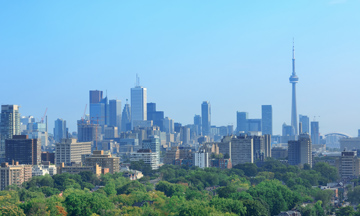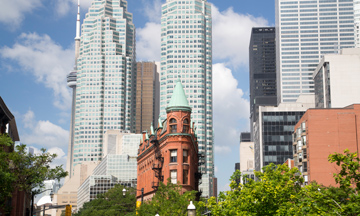Consider these the best beach escapes for the metropolitan minded

Seaside cities have their obvious appeal—the attractive open ocean and sunny beaches—yet many of the most beautiful coastal cities around the world also carry long legacies of historical change and growth, with architectural monuments and styles that reflect them. Some have been centers of trade for hundreds—or even thousands—of years; others have become recent hubs for artists and designers.
Whether it’s the colorful façades decorating the coast of Camogli, Italy; the modernist escapes now nestled in Puerto Escondido, Mexico; or the historic, ancient charm of Split, Croatia; these cities invite travelers to discover their unique, storied allure. Explore the history and design of the 11 most beautiful coastal cities around the world.

Camogli, Italy
Camogli, a picturesque coastal town on the Ligurian Riviera in Italy, has a rich maritime history dating back to ancient times as a fishing village and trading hub. In the late 19th century, its fleet boasted hundreds of ships, earning its name as “the city of a thousand white sails.” Its pastel houses, constructed tightly together along the harbor, are decorated using marcapiano paintwork, a decorative technique used to indicate different floors of the building and help sailors recognize their homes from afar.

Cape Town, South Africa
Cape Town was originally established as a refreshment station by the Dutch East India Company, and its architecture and landmarks—including the historic Cape Dutch buildings and colorful Bo-Kaap district—reflect its colonial past, with influences from Dutch, British, and Cape Malay styles. The city’s Company Garden, established in the 1650s, is South Africa’s oldest formal garden and was originally created to grow fresh produce for passing ships.

Rio de Janeiro, Brazil
From the proud peak of Sugarloaf Mountain to the emblematic, postcard-worthy Copacabana Beach, Rio de Janeiro’s landmarks are testaments to how its coastal location has shaped the city’s identity. Arguably its most recognizable landmark, the iconic statue of Cristo Redentor, which sits atop a 700-meter mountain peak, is visible from nearly every place in the city.

Hong Kong, China
Located on the South China Sea, Hong Kong evolved from a small fishing village into a major international port and financial center following its colonization by Britain in 1842. Its architecture reflects this transformation, blending traditional Chinese temples, British colonial-era buildings like the Former Supreme Court, and a skyline dominated by modern skyscrapers. The 144-foot-tall Tsim Sha Tsui Clock Tower, built in 1915, is one of the few remaining structures from the colonial-era Kowloon-Canton Railway station. Now, it represents the city’s transition from a historical trading port to a modern cosmopolitan city.

Rockport, MA
Picture New England’s classic architectural style, and you’ll probably imagine something resembling this charming coastal town on Cape Ann, complete with quaint clapboard houses, historic fishing shacks, and artists’ studios. One of its most famous landmarks is Motif No. 1, a red fishing shack erected in the 1880s that was built to provide storage for fisherman. In the 1920s, plein air artists took interest in the shack, and it became the subject of many artists’ work, leading to its enduring nickname.
 Sharm El-Sheikh, Egypt
Sharm El-Sheikh, Egypt
Located on the southern tip of Egypt’s Sinai Peninsula, Sharm El-Sheikh was originally a small fishing village before emerging in the mid-20th century as a strategic port, and, later, a world-renown tourist destination. Its architecture is a blend of traditional Middle Eastern design, replete with domed structures and intricate mosaics, and modern luxury resorts catering to international visitors. With crystal-clear waters and vibrant coral reefs, it’s become a hot spot for diving and marine tourism.

Kochi, India
A historic port city responsible for attracting traders from all over, Kochi is home to unique architecture reflecting its multicultural past—just look to landmarks like St. Francis Church and the Dutch Palace to see the blend of Portuguese, Dutch, and British colonial styles with traditional Indian elements at play. Its coastline is immediately recognizable by its famed cantilevered Chinese fishing nets, introduced first by Chinese traders and used since the 14th century.






